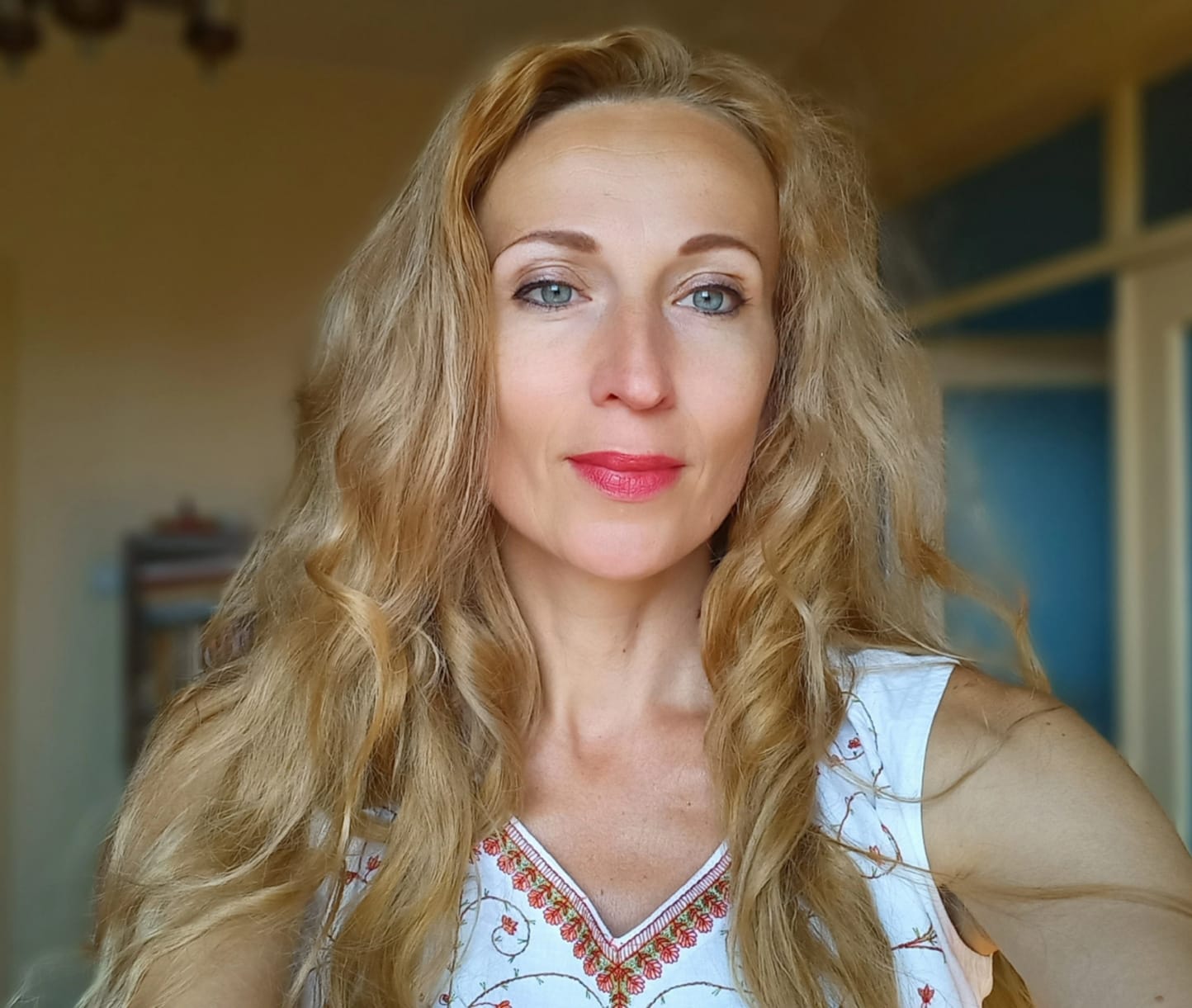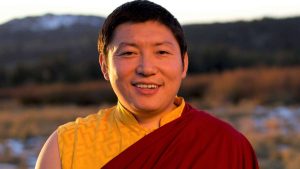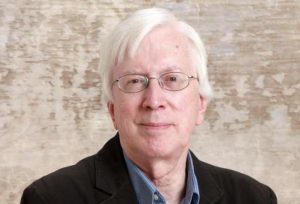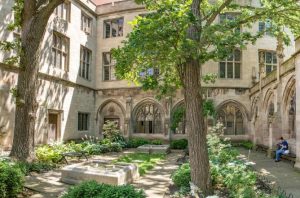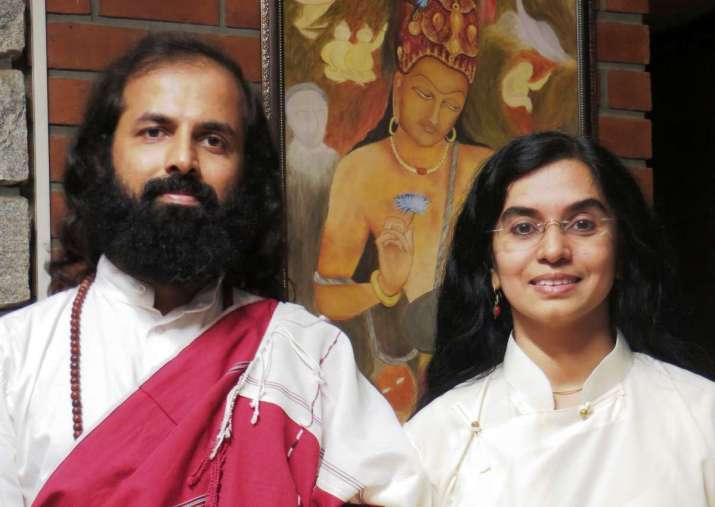
Prabodha Jnana and Abhaya Devi are an Indian Buddhist couple living in Bangalore and trained under the guidance of eminent masters of the Nyingma tradition of Vajrayana Buddhism. Prabodha Jnana is a Buddhist yogi, meditation teacher, philosopher, and writer who gives discourses based on the wisdom teachings of the Buddha in a format suitable for the modern context. Abhaya Devi is a Buddhist yogini, meditation teacher, writer, and artist. The couple divide their time between retreats, guiding others in Dharma practice and exploring the history of Buddhism in India. In 2008, under the guidance of Kyabje Penor Rinpoche,* they established a Dharma center for the Palyul Nyingma tradition in Bangalore. In 2016, they launched the Way of Bodhi website to make the teachings of the Buddha accessible to a broader audience.
I met Prabodha and Abhaya in 2013 and 2015 during Dzogchen retreats at Namdroling Monastery in southern India, and in the last few years I have been following their spiritual journey and their inspiring Way of Bodhi project, beautifully presented on social media.
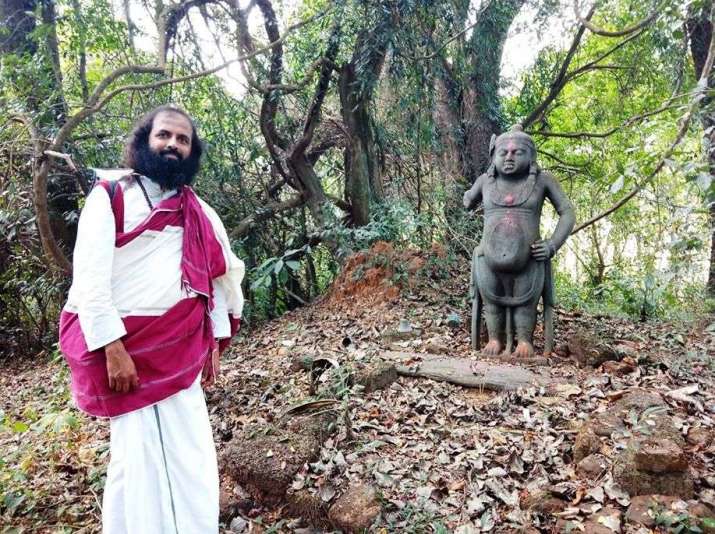
Buddhistdoor Global: When and how did you begin your spiritual journeys?
Abhaya Devi: My quest started by trying to make sense of the spiritual experiences that I had from childhood. In that journey, I passed through many different philosophies and spiritual traditions. None of them gave me a satisfying answer. Even then, like most others in India, my attention never went toward the teachings of the Buddha. As I look back now, it was not just due to a lack of information, but due to many layers of misinformation that had grown around this profound Dharma in India. Meanwhile, I found my life companion in Prabodha, who was on a similar quest, and then onward we continued our journey together.
Prabodha Jnana: From childhood, I had an inclination toward meditation. I was also fascinated with science. By the time I reached my twenties, it struck me that although great strides of progress were made in understanding the outer world at sub-atomic and cosmological scales, scientific knowledge about consciousness eluded mankind. It seemed strange. We know the world, but we do not know ourselves! We study the world systematically, but we leave consciousness to vague mysticism. That didn’t sound right. Also, the typical tendency among the scientific community is to sidestep paranormal experiences rather than investigating them. So, I started searching for a scientific and rational worldview that could also explain meditative experiences and resolve mind-body paradoxes.
For a long time, Abhaya and I continued to explore various philosophies and mystical practices of the East and the West. Some of them provided us with useful pointers. However, the closer we approached, the seeming profundity of those systems collapsed into contradictions. Finally, when we came across Buddhism, it was the opposite. The deeper we delved into it, the greater was the diffusion of objections and contradictions. Gradually, a grand world view was unfolding, which was not only intellectually satisfying but also profoundly transformative.
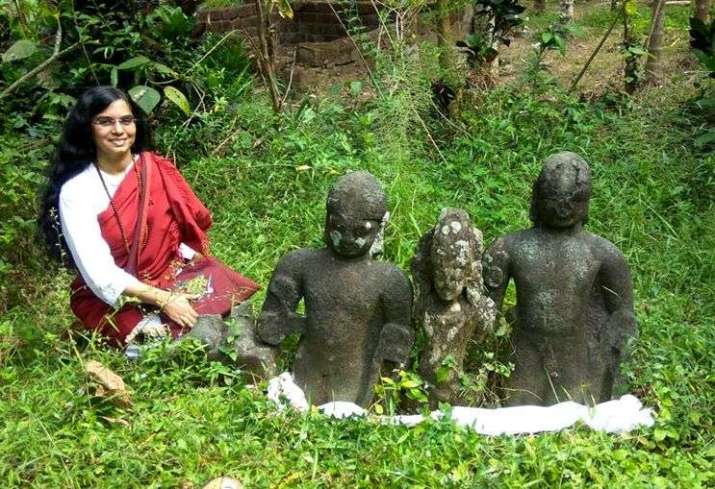
BDG: What was the most essential moment during your spiritual journey?
AD: The breakthrough came when we fortuitously came across Guru Padmasambhava. Instantly both of us felt a deep sense that he is our Guru. Then we came across his teachings. We were awed by the vastness of the view of the great teachings of Dzogchen. What we had been searching for was now being revealed in an effortless and natural way. The vista finally opened up and we were led deeply into Buddhism. We were awestruck to see that the so-called basic teachings, such as the Four Noble Truths, are some of the most profound discoveries that mankind has ever made. Thus, after a long journey, we reached the starting point of the Way, where reason meets direct experience without contradictions, where there is no religiosity, and where we could meet many living masters who embody the teachings.
PJ: One of the most fortunate events in our journey after that was meeting Kyabje Penor Rinpoche.* In him, we could see a living buddha. He most compassionately accepted us as disciples. Among his close disciples are some of the most inspiring teachers of Buddhism. With their teachings and blessings, it was like clouds of doubt and confusion vanishing from the sky of mind, allowing the wisdom sun of the Buddha’s teachings to rise gradually.
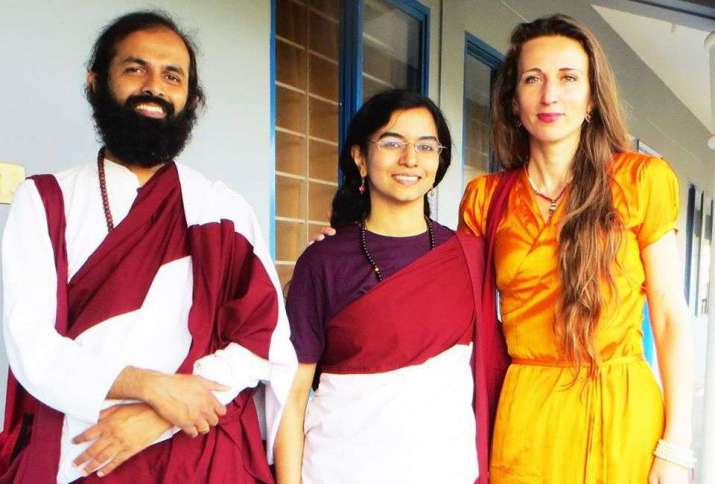
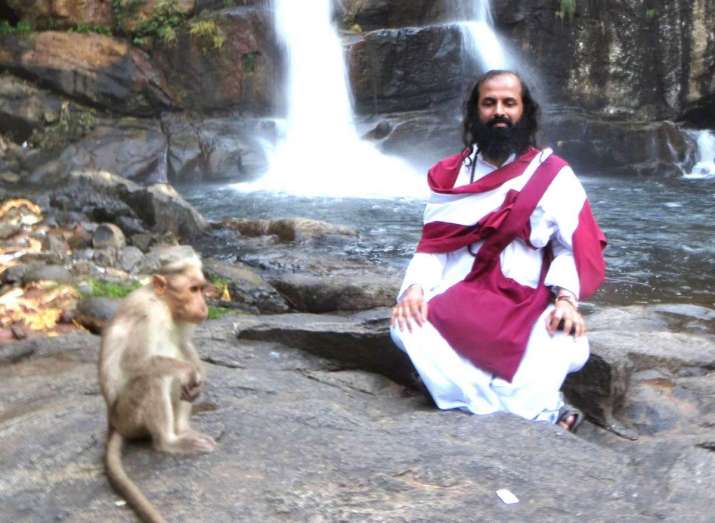
BDG: What is the main idea of your project Way of Bodhi?
AD: Through Way of Bodhi, we wish to help to reintroduce the wisdom traditions of Buddhism in India and to raise awareness about the various ways in which the Buddha taught toward, such an open life of wisdom and compassion. From our own experience, we know how hard it is for Indians to come across this excellent nectar of the Dharma. So we also hope to help them in clearing away such misconceptions. The name “Way of Bodhi” signifies that Bodhi (awakening) is not just the light at the end of the tunnel, but that Bodhi itself is “the Way.”
BDG: Can you tell more about your experiences as Buddhist teachers? Do you mainly teach meditation to Indian people?
PJ: Yes, most of the people who learn from us are Indians. Some Westerners also come to us with an interest in learning Buddhism in comparison with other non-dualistic wisdom traditions of India. We emphasize that cultivating “right view” is important for “right meditation.” There are many systems of teachings and practices in India that outwardly look like Buddhism and often use similar terminology, but their meaning can be quite different. Often people come with preconceived ideas about meditation. Unschooling such habits is essential for discovering meditation with its natural ease. In the Indian context, terminology such as non-duality, the illusion-like nature of appearance, ultimate truth, etc., are also loaded with differing meanings. People find it beneficial when their attention is drawn to the distinctions of the meanings.
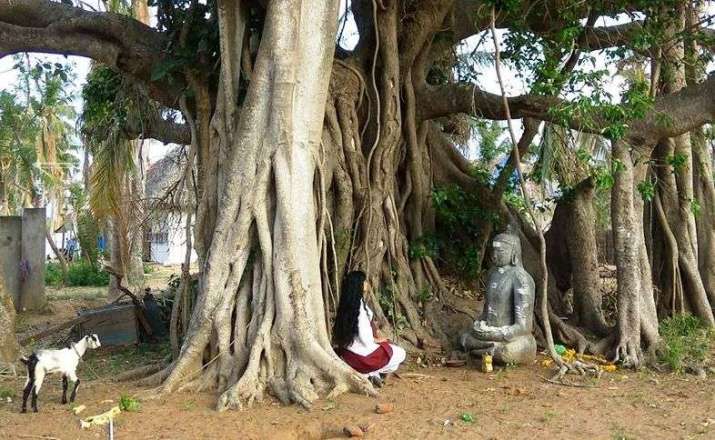
BDG: How can we awaken the buddha within?
PJ: All of the teachings of the Buddha are directed toward awakening the buddha within. The Buddha abides neither inside nor outside. As the great master Longchenpa** said: “It is seen neither in the past nor in the future. It does not enter the present. . . . Do not use mind to look for mind.” The Buddha is not found by seeking with the mind, inside the mind or outside the mind. But when the mind’s original nature is recognized, everything is awakened. Awakening is attained by letting go of clinging to the confused projections inside and outside. As the ancient Zen master Dogen said: “To let go of Self is to be awakened by myriad things of the universe. To be awakened by myriad things is to cast off the body and mind of self and others. Even the traces of awakening are wiped out, and the traceless awakening goes on forever and ever.”
* Kyabje Penor Rinpoche (1932–2009) was the 11th throne-holder of the Palyul lineage of the Nyingma school of Tibetan Buddhism. He was the supreme head of the Nyingmapa lineage from 1993–2001.
** Longchenpa, also known as Longchen Rabjam (1308–64), was one of the most brilliant teachers of the Nyingma lineage. He systematized the Nyingma teachings in his Seven Treasures, and wrote extensively on the teachings of Great Perfection (Dzogchen).
See more


